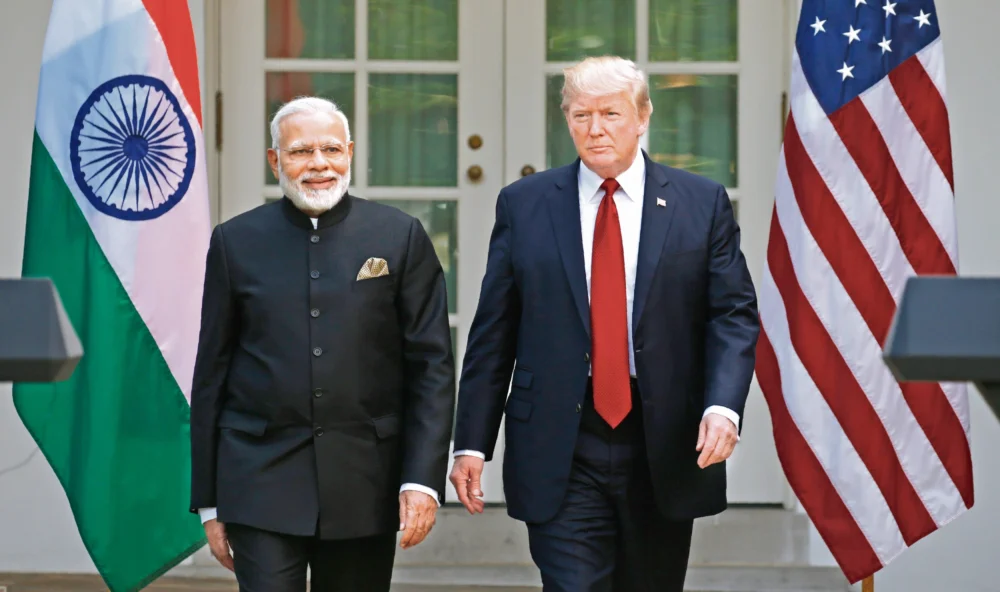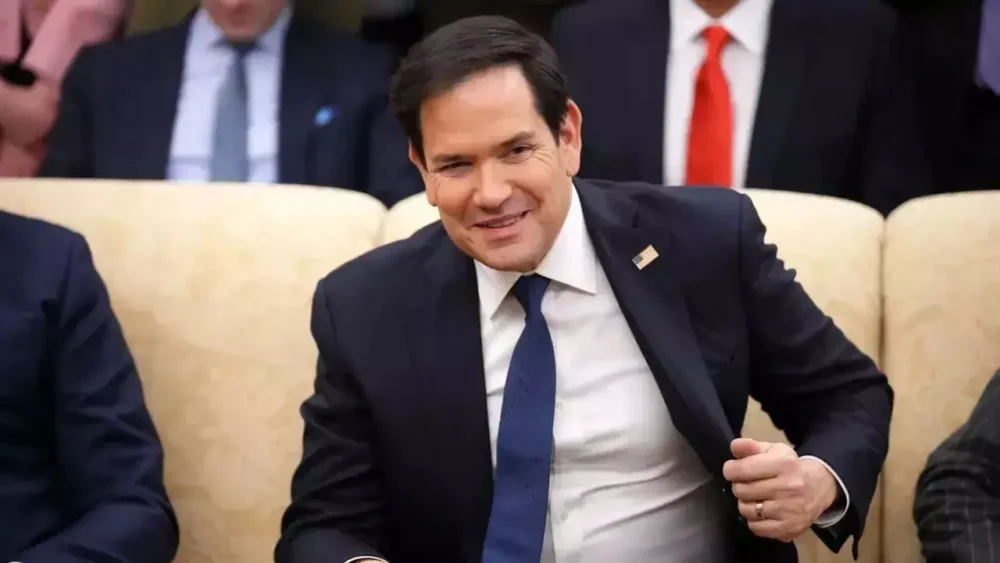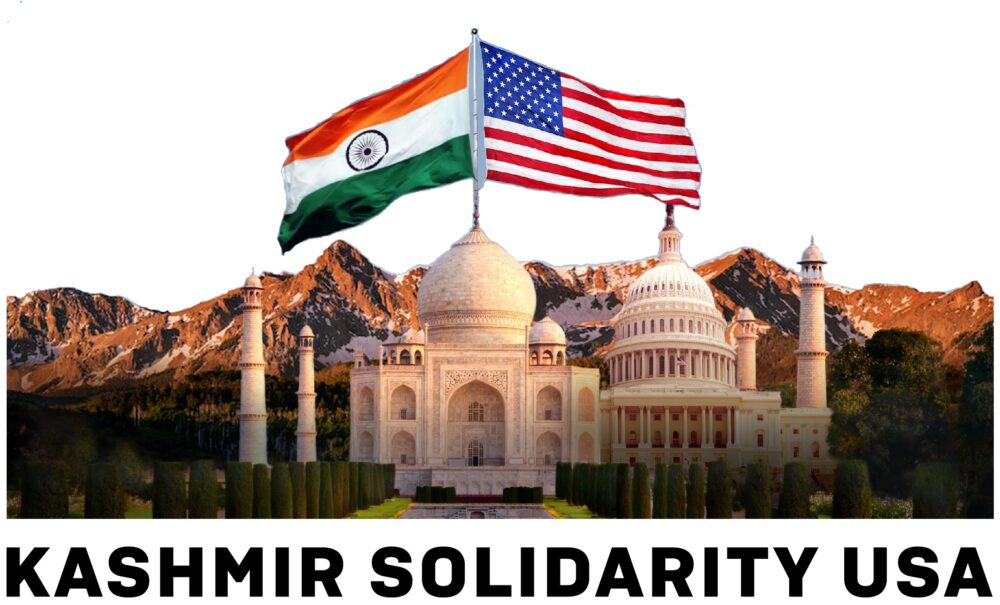The longstanding economic and strategic partnership between India and the United States is facing significant challenges due to recent trade disputes. The U.S. administration’s imposition of tariffs on Indian exports has raised concerns about the future of this bilateral relationship.
In August 2025, the United States announced a 25% tariff on Indian goods, citing trade imbalances and the need to protect domestic industries. This move was followed by an additional 25% tariff, bringing the total to 50%, marking one of the highest tariff rates imposed by the U.S. on any trading partner. The tariffs affect a wide range of Indian exports, including textiles, chemicals, gems, jewelry, and fisheries.
India has expressed strong opposition to these measures, labeling them as unfair and detrimental to the spirit of free trade. The Indian government has emphasized its commitment to strategic autonomy and independence in its energy policies, particularly regarding oil imports from Russia, which were also cited by the U.S. as a basis for the tariffs.
The trade tensions have prompted India to explore alternative markets and strengthen economic ties with other regions. For instance, India has been actively pursuing trade agreements with the European Free Trade Association (EFTA) and other countries to diversify its export destinations and reduce reliance on the U.S. market.
Despite these efforts, the tariffs have had a tangible impact on Indian exporters, leading to financial uncertainty and potential job losses in affected sectors. In response, India’s Export-Import (EXIM) Bank has increased credit support for exporters, particularly focusing on expanding into African markets and other non-traditional regions.
The escalating trade disputes have also raised concerns about the broader implications for India-U.S. relations. While defense and strategic cooperation remain strong, the economic tensions could undermine the overall partnership. Experts warn that prolonged trade conflicts may push India closer to other global powers, potentially altering the geopolitical landscape in Asia.
As both nations navigate these challenges, the future of their relationship hinges on finding a balance between economic interests and strategic objectives. Continued dialogue and negotiation will be essential to address the underlying issues and restore mutual trust.










